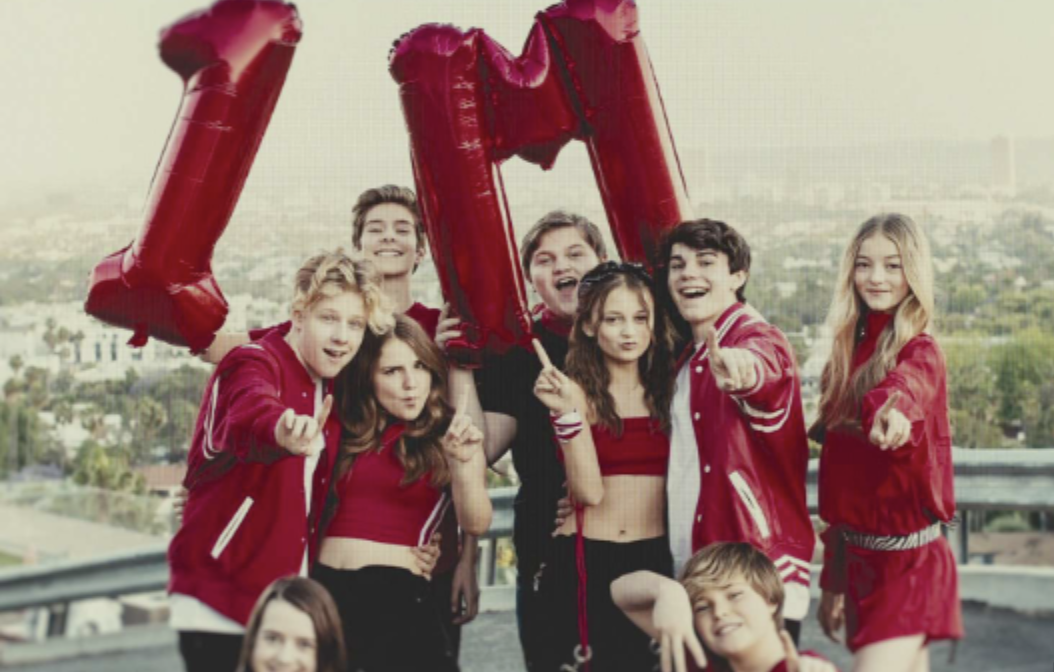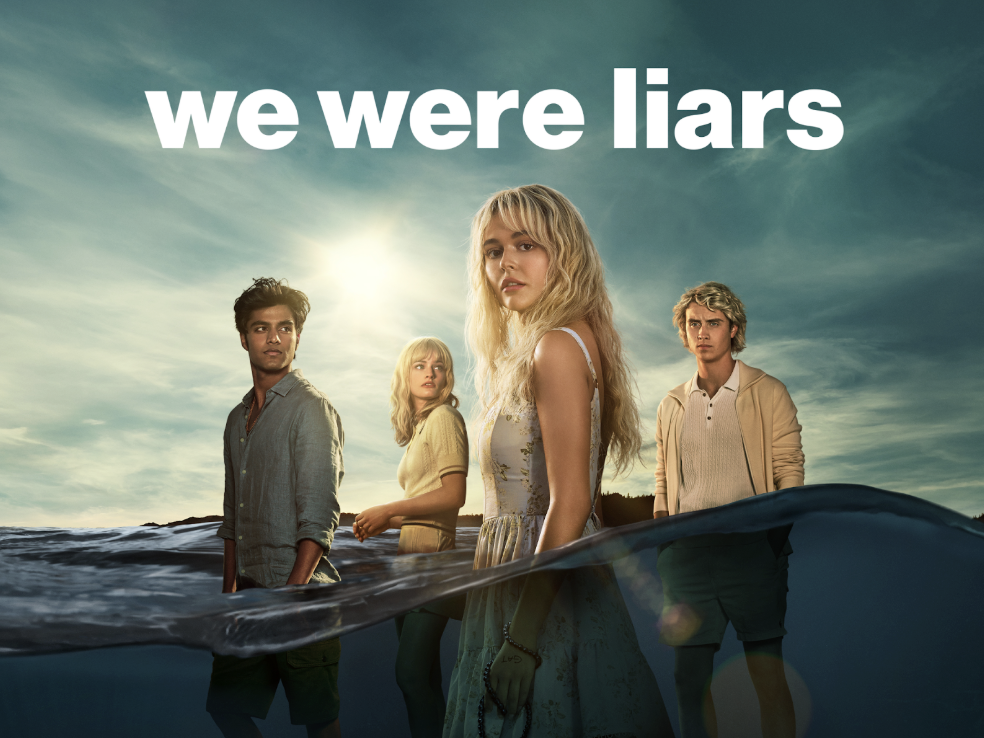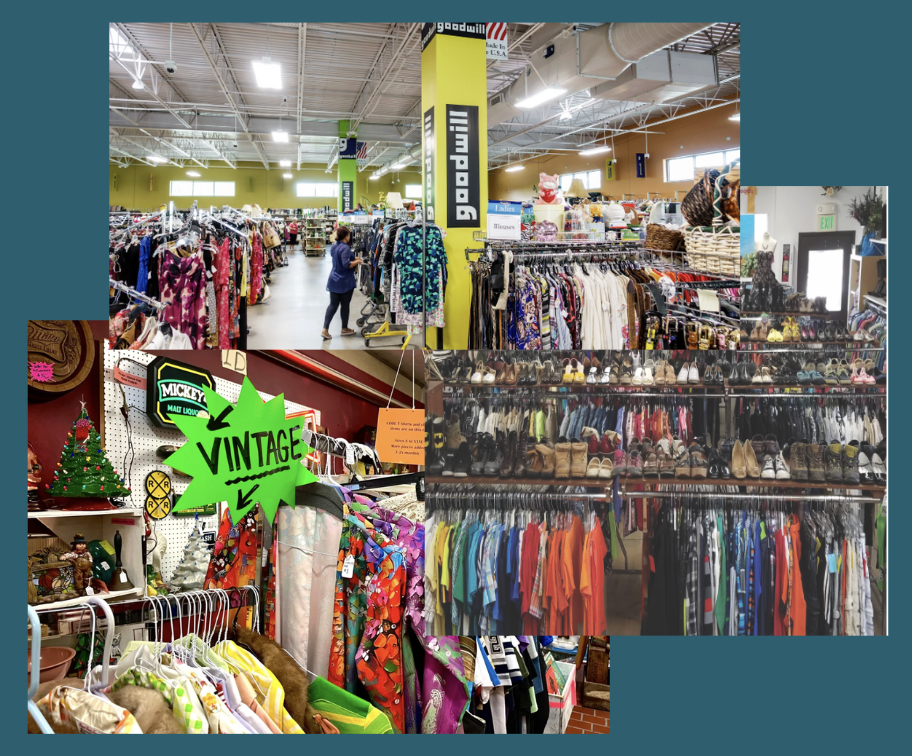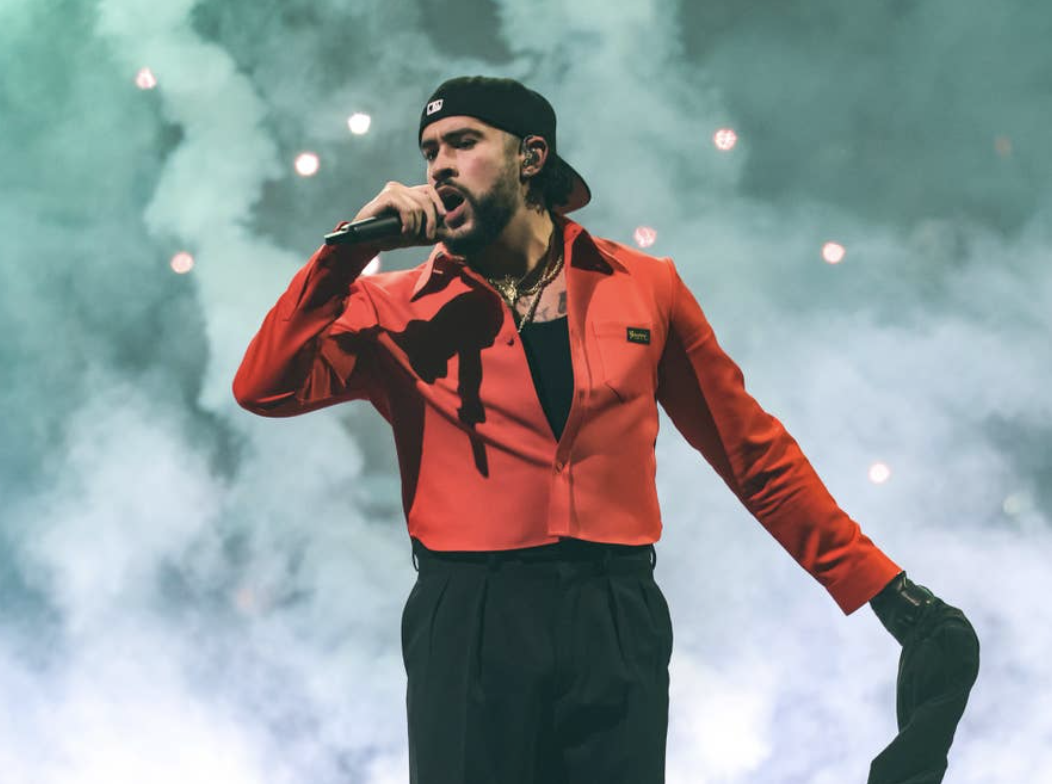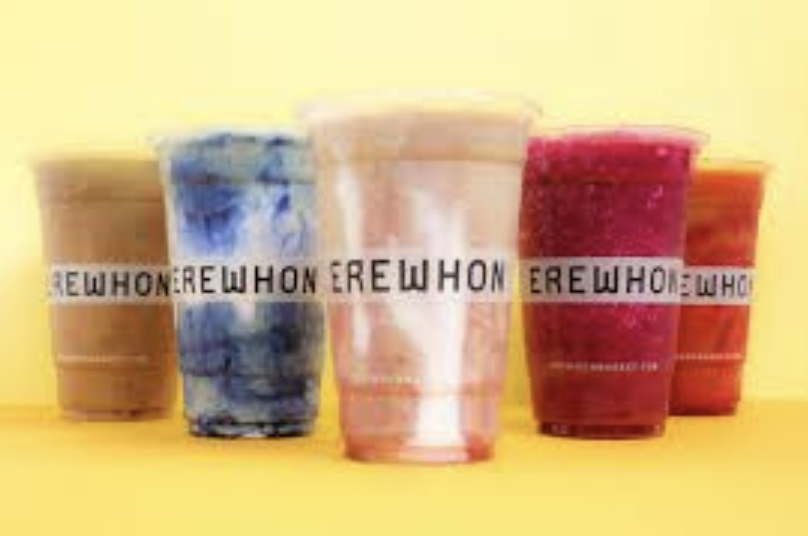Smiling for the camera, learning new dances weekly, and getting paid to wear the newest trends are all key parts of being a kid influencer. However, as more teenage influencers arise, there are also more silent struggles behind the camera. From an outside perspective, the influencer lifestyle seems glamorous, but the downsides are extremely concerning. These teenagers are struggling with anxiety, depression, and a lack of privacy. They constantly worry about their appearance or how well their posts are performing. The audience would often describe their lives, looks, and family situations as perfection, but nobody is perfect, and these beliefs pressure teenage influencers into living up to the media’s “perfect” expectations.
Ryane Roy, a 17-year-old influencer from Texas who has accumulated over 1.8 million followers on TikTok, describes the reality of social media.
“You never really know what people are going through at the end of the day. There are so many situations where people are smiling on camera and they look so happy, but we never really know what they’re going through. It’s the same as you guys,” Roy stated in an interview on the Glow House YouTube channel.
Some of these influencers are being exploited by their own parents and used as a source of income rather than a fun hobby. Netflix recently released a documentary based on the exploitation of children on social media. “Bad Influence: The Dark Side of Kidfluencing” is an eye-opening documentary that reveals horrifying accounts of abuse and exploitation allegedly committed by Tiffany Smith, a “momager,” against social media star Piper Rockelle. In 2018, Smith brought together a group of 10-16-year-old boys and girls called “The Squad.” The Squad was known for creating prank videos, challenges, skits, and vlogs. They were an online sensation, averaging millions of views per video, and allegedly, Rockelle’s videos were making over $500,000 per month. Yet the question remains: who was really getting all this money? The documentary states that Rockelle’s mom, Smith, was taking advantage of these children for views and money. Some of the kids who were part of the Squad spoke in the documentary and shared their strange experiences with Smith. The Squad members claim they were underpaid, which led to numerous lawsuits and fallout.
Eli Mitchell, a freshman at Calabasas High School says, “I think being a teen influencer could lead to both good and bad. It’s good because these kids make a lot of money, but it gets really bad in certain situations, such as the Piper Rockelle scandal.”
After hearing the negative aspects, one may think, “Why would any kid want to be an influencer?” Well, there are many benefits to being an influencer, given that it is a good source of income, there are free products/clothes, and so much more. It also teaches maturity and better social skills because of the constant interactions with other creators. Creators can make anywhere from $1,000-$100,000 for one video, depending on their following. In some cases, it’s possible for a 15-year-old creator to make someone’s yearly salary with a 60-second video.
Liv Asseraf, a sophomore at Calabasas High School, has her own take on teen influencers.
“I think it’s pretty cool and a good opportunity for money and experiences at a young age, but I do feel like hate and negativity online can definitely take a toll on their mental health, which is something more people need to realize,” said Asseraf.
While not every kid influencer experiences exploitation, the pressure of constantly being in the public eye would take a toll on anyone. Many of these kids miss out on normal childhood experiences such as friendships, school dances, and an in-person education. Kids deserve to be kids, even if they are trending online.



